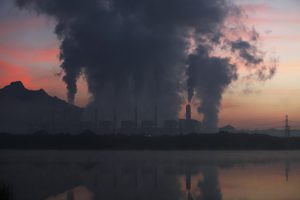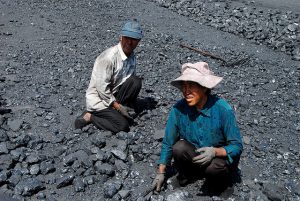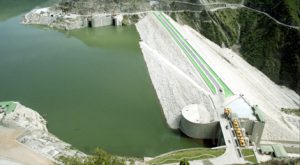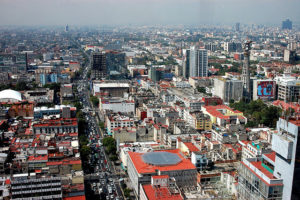China's war against smog means coal-reliant power companies will propose zero or ultra-low emissions standards for particulate matter in anticipation of tougher standards from central government, muncipalities and provinces.
Ultra-low emissions means bringing emissions from coal-burning plants down to the level of their gas-burning counterparts, which would tighter further existing limits on the amount of nitrous oxides (NOx), sulphur dioxide (SO2) and dust that coal-burning generators can emit.
These lower limits are already being implemented in places including Shanxi and Zhejiang provinces, but may be adopted by other provinces in order to conform with a future tightening of clean air laws by central government.
Speaking at a conference organised by the
China Environmental Chamber of Commerce in early January, Yan Bingli, president of Beijing Boqi Power, said reducing SO2 was technically feasible, but will be hugely costly.
Bingli said the cost of cutting SO2 in line with ultra low emissions standards would work out at 200 yuan per kilowatt of installed capacity, which would work out at 400 million yuan (US$64 million) for a 2GW coal-fired power station.
Removal of nitrous oxide and dust requires major investment, not to mention the disposal of environmental equipment, as new technologies use catalysts up more quickly, and large quantities of hazardous equipment needs to be disposed of.
Ultra-low emissions means bringing emissions from coal-burning plants down to the level of their gas-burning cousins.
Currently there are special emissions requirements for coal-burning generators: 100mg of nitrous oxides (NOx), 50mg of sulphur dioxide (SO2) and 20mg of dust per cubic meter.
Ultra low standards for particulates would see these drop to 50mg, 35mg and 5mg respectively.
Effective use
Jiang Kejuan, a researcher with the National Development and Reform Commission’s Energy Research Institute, told chinadialogue that coal-reliant firms had to learn to get to grips with new technologies and also be open about their environmental failings.
“They haven’t realised that environmental performance will determine whether or not a company survives,” he said, referring to an increasing priority at government level to reduce the levels of choking smog in major Chinese cities and the imposition of big fines or threats of closure.
Fines for breaches of particulate emissions standards can be up to 5 million yuan, a great deal for a small power station or industrial plant, but much smaller than the costs of installing ultra low emissions technology at a big coal-fired power plant.
And even when Chinese power stations have new equipment installed, the challenge will be to get them to use it effectively, Jiang adds.
Writing on the wall?
Wu Yin, former head of the National Energy Administration, said the writing is on the wall for coal in the longer term if the world agrees measures to slow and then reverse growth in carbon emissions, and reduce the toxic legacy of the fuel that has powered industrialised economies for centuries.
However the coal industry says such predictions are exaggerated, adding that China will need to rely on its abundant supplies of domestic coal, which is likely to remain a good deal cheaper to burn than natural gas, much of which has to be imported or transported over vast distances.
“Using natural gas instead of coal to generate the same quantity of steam is three times as expensive,” said Zhang Suwei, chief executive of Yili Energy.
“Germany is a developed nation, but it has also opted for clean coal and gets 42% of its electricity from coal.”
This is a prospect that horrifies environmental groups, who blame the use of coal by countries such as China, US and the EU countries as a major cause of climate change.




![A wild Bengal tiger in Bandhavgarh National Park in Madhya Pradesh [Image by: Mark Smith/Alamy]](https://dialogue.earth/content/uploads/2015/01/wild-tiger-300x200.jpg)


